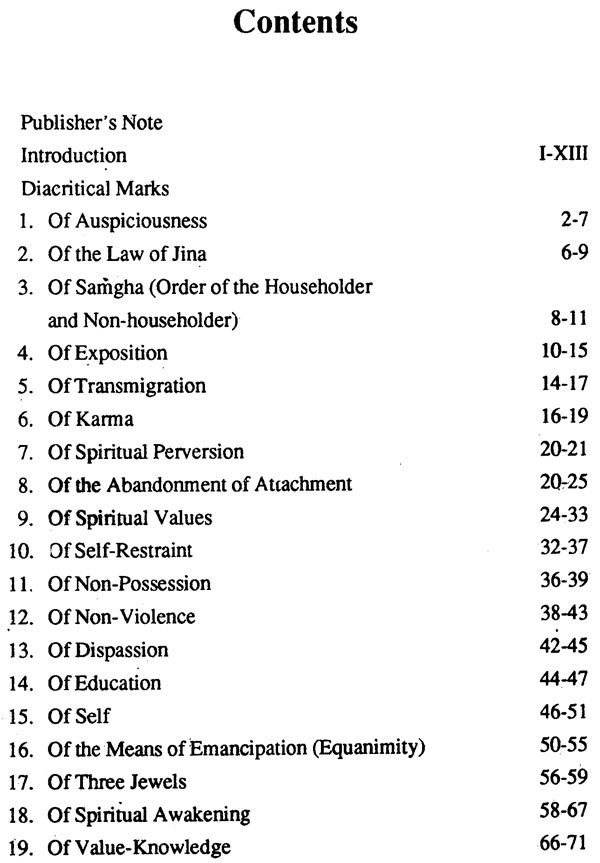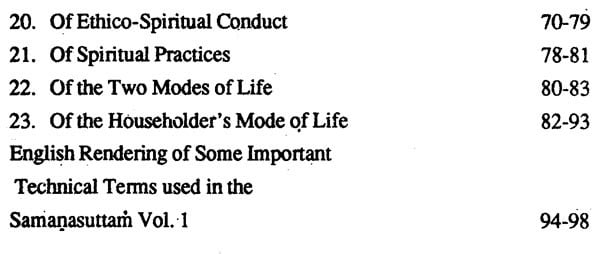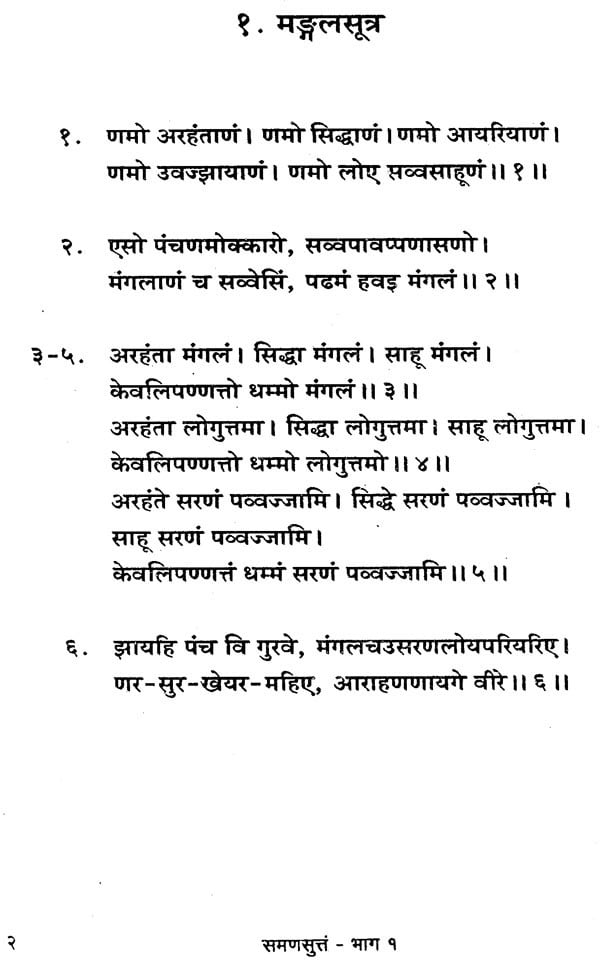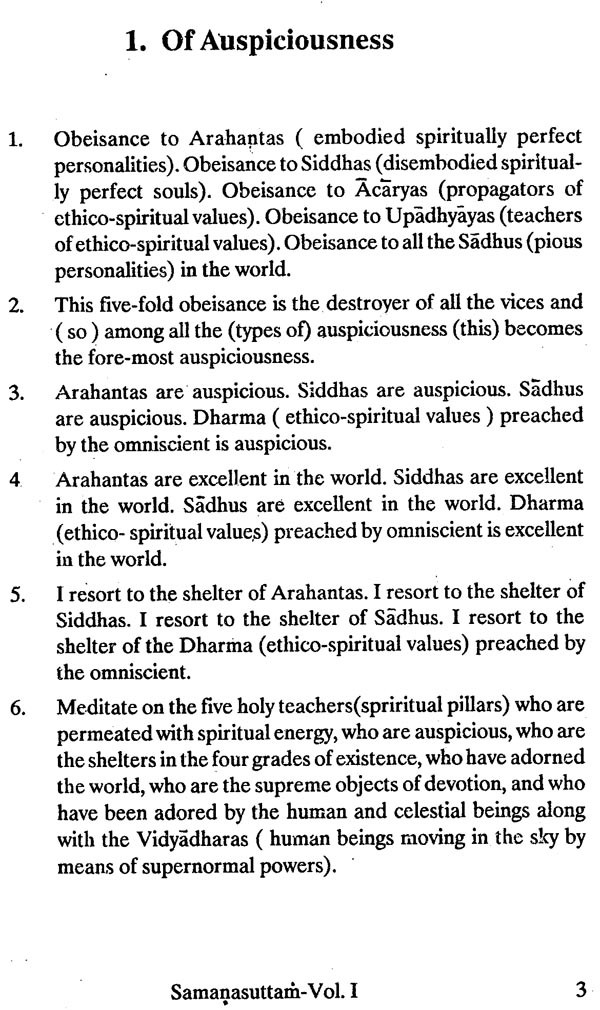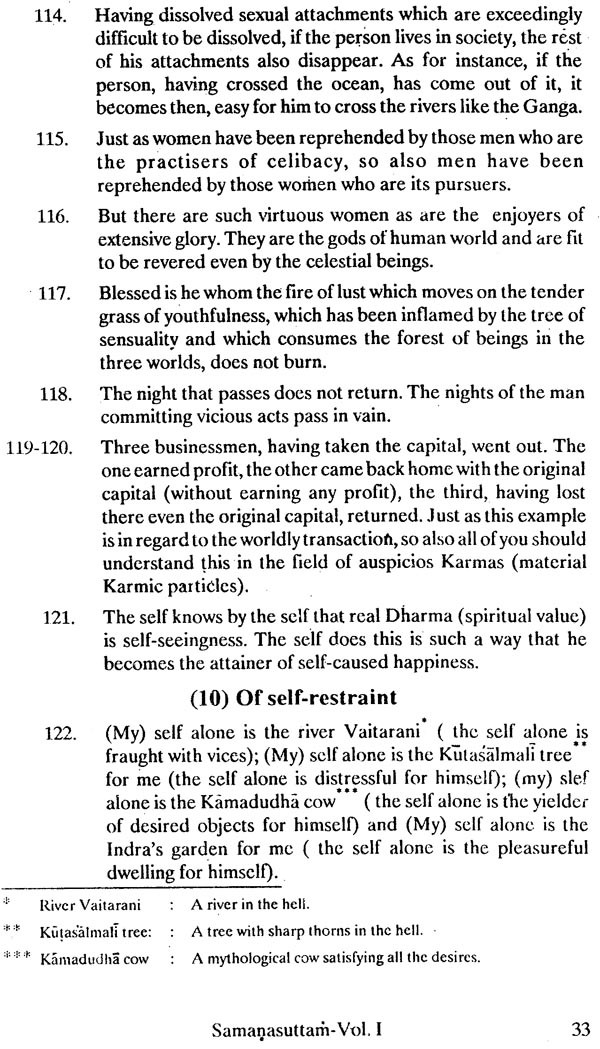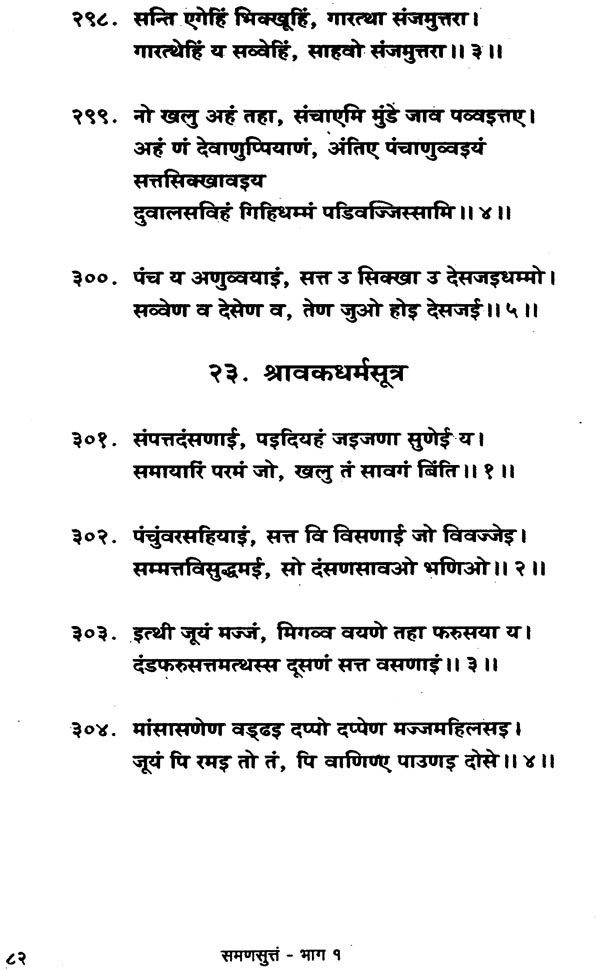Introduction Jainism is one of the oldest living religions of the world. It represents has placed the continuation of indigenous Sramanic culture which is at least as old as the Vedas themselves, so far as the literary evidence ,goes, though the archaeological evidence takes Sramanism far back to Harappan civilization, which is regarded as non-Vedic in origin and outlook. There is no denying the fact that Jainism is humanistic in its approach and spiritualistic in its depth. An unbiased eye can look into it religious fervour and moral earnestness. These two elements are so greatly intertwined in it that one is apt to confuse religion with morality and vice versa. The fact is that one D.R. Mehta cannot be reduced to the other. In practice, though the two are closely Secretary associated, yet they are quite distinguishable. Jainism subscribes to the review Bharati Academy, that "religion if taken seriously and rationally will be deeply moral; but it is Jaipur not morality". The two are not identical. Thus it will not be contradictory to aver that a religious man will be necessarily moral, but a moral man may not be necessarily religious. In other words, religion is co-extensive with morality, but morality is not always co-extensive with religion. A man may be moral without being religious. All this shows that the realms of religion and morality are theoretically distinguishable. The Jaina faith vehemently criticises the view which identifies religion with personal and social morality, and which defines it merely as "the consciousness of the highest social values." The Jaina saints and sages have always exhorted us to look beyond the mere moral nature of man to transcendental horizons of life, thereby justifying that social righteousness is not the be-all and end-all of human life. This is not to decry social morality, but to save religion from being identified with it, and to keep the domain of religion as quite distinct from that of morality.
Side by side with the tendency of identifying religion with morality, there is witnessed another tendency of defining religion in theological terms, i.e. with reference to God, the creator of the universe. Since Jainism does not uphold the idea of God as the creator, sustainer and destroyer of the world, the above definition does not bring forth the characteristic feature of religion. If this definition of religion is adhered to, Jainism, Buddhism, Samkhya, Yoga and Mimamsa are excluded without any justification. Now the question arises : What constitutes the universal core of religion? The question can be answered by considering the utterances of the saints and mystics all over the world, in all cultures, religions, places and ages. Pratt rightly concludes that "religion is not so much theology as life; it is to be lived rather than reasoned about."
Book's Contents and Sample Pages
